Replacement for fire-damaged cancer-research facility will be ‘world leader’ say NHS bosses
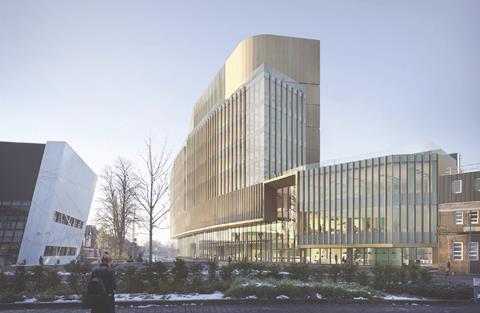
BDP has taken a significant step towards securing planning permission for a new biomedical centre in Manchester that the NHS says will be a “world class” cancer-research hub.
The practice’s 10-storey proposals to replace the Christie Hospital NHS Trust’s fire-damaged Paterson Building were given the unanimous backing of members of Manchester city council’s planning and highways committee.
BDP’s proposals will deliver close on 24,000 sq m of space for research, collaboration and support that will rehouse Cancer Research UK Manchester Institute staff forced to relocate because of the fire. It will also provide new space for the University of Manchester’s Centre for Biomedical Sciences and Christie Hospital staff to move into.
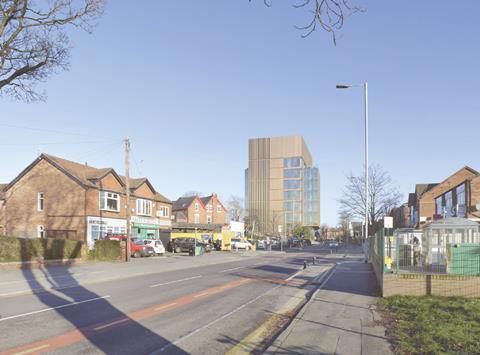
However the scheme, earmarked for the Christie’s Withington site – where Foster & Partners’ Manchester Maggie’s Centre is also based, has divided local opinion.
City council officers told last week’s planning and highways committee meeting that 814 letters and e-mails had been received as part of the consultation on the proposals, with 484 in favour and 330 against.
They said project backers had supported the goal of creating a new facility that co-located professionals from different organisations all working towards fundamentally the same goal.

Opponents raised concern over the scale and massing of BDP’s proposals – which will deliver a significantly bigger structure than it replaces – and the impact of increasing staff numbers on the site.
Planning application documents suggested that only around one third of the new building would be allocated for staff who were previously based at the Paterson Building.
When it lodged the proposals in May, the Christie said the new centre would create a “top five world-class cancer research facility of the highest architectural quality” and was a “unique opportunity for cancer researchers and clinicians to work side-by-side in one building”.
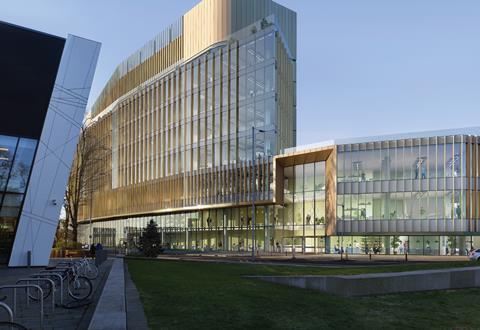
Recommending the proposals for approval, city council planning officers said that BDP had produced a “high quality design” that would deliver a facility that benefitted the entire region.
“The impact of the proposal upon a series of designated and non-designated heritage assets has also been assessed,” they added. “Given the distances between the site and these heritage assets, and the fact that views from them would either be filtered by trees or buildings or significantly far away to only act as a backdrop, it is not considered that the proposal would cause harm to these heritage assets or diminish their significance.”
Planning and highways committee members voted in support of a “minded to approve” recommendation, which is subject to the submission of further environmental information on the project.


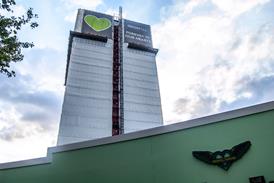

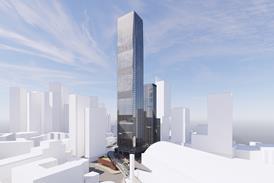
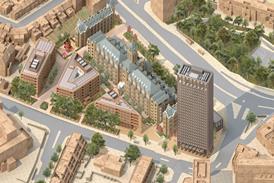











No comments yet